Take a look at the car collections of the rich or celebrities like Jay Leno or hang around car shows, and you will notice that most of the automobiles enjoying the attention of these collectors are either classics or muscle cars, rather than the flashier, advance-tech modern rides. Jay Leno, for one, is an avid classic car collector, some of which are worth millions of dollars.
You might wonder why someone would choose to pay $143 million on sixty-year-old German technology like the Mercedes-Benz 300 SLR Uhlenhaut Coupe when the incredible Aston Martin Valkyrie could be had for $3 million, less than a fraction of the Uhlenhaut’s price. Don’t stop wondering because the answer isn’t straightforward. Some collectors get drawn to the historical value of classic cars, while others are in it for investments and profit.
A car could also have collectible value because it pioneered a new technology or pushed the envelope for consumer expectations in some way. Whatever the case, a car’s collectible value is usually greater if it is rare and beautiful, both of which are perfectly true about the super-rare Jaguar XJ220 two-door coupe. This Jag was briefly the fastest production car in the world and looked the part too. Let’s check it out.
A Detailed Look At The Jaguar XJ220
The British luxury automaker Jaguar produced, between 1992 and 1994, the XJ220 two-seat sports car in collaboration with the motor racing team and engineering firm Tom Walkinshaw Racing. The XJ220 earned the title of “world’s fastest production car” after recording a top speed of 212.3 mph during a speed test conducted by the automaker at Fort Stockton, Texas. However, the XJ220 would wear this crown only until 1993.
Jaguar claimed the prototype completed the Nurburgring lap time of 7:46.36 a year earlier, which was faster than any production car ever managed before it. As is usually the case with exceptional creations like the Jaguar XJ220, the V12-powered 4WD prototype came about as a side project of casual Jaguar employees doing their thing in their spare time.
Since the guys wanted to build a modern version of the 1950s and 1960s Jaguar Le Mans champions and enter it for the FIA Group B racing, they developed the XJ220 using the marque’s racing technology.
Spurred on by encouraging feedback from the automotive world upon unveiling the XJ220 concept at the 1988 British International Motor Show in Birmingham, England, Jaguar put the model into production, with a waitlist of around 1,500 customers who each deposited approximately $54,000, with deliveries scheduled for 1992.
The Production Version Jaguar XJ220 In Focus
As mentioned earlier, Jaguar opted to outsource the production of XJ220’s engineering to Tom Walkinshaw Racing (TWR) because it couldn’t stretch its available engineering resources beyond the XJ and XJS models. Jaguar already had a working relationship with TWR via Jaguarsport Ltd dating back to 1987, when the specialist race engineering company produced racing cars for Jaguar.
So, the marque’s decision makers decided to form a new company called Project XJ220 Ltd, led by the Ford Motorsport crackerjack, Mike Moreton, specifically to develop and build the nameplate. Interestingly, only one guy in this new team, Pete Dodd, came from the original twelve Jaguar employees responsible for the XJ220 concept.
The Jaguar XJ220 that eventually emerged from the British marque’s production line was radically different from the prototype. Engineering constraints and emission regulations meant the automaker had to improvise by making significant modifications, particularly the original V12 engine that got swapped for a turbocharged V6.
This development, plus dwindling interest in high-performance cars, along with the 1990–1991 economic downturn, forced many of the initial depositors not to honor their purchase options. So, Jaguar ended up with just 275 XJ220s made by the time production ended, leaving the model with a blazing “rare classic” plastered on its forehead for those with enough foresight to see the Jag’s future. Helping along in this regard is the XJ220’s bank-breaking price tag of $505,790.50 – in 1992 – making it one of the priciest cars of its time.
The XJ220 Was The Fastest Production Car In The World
Getting in the Guinness Book of Records always beats being in the news for automotive recalls, anytime. Remember the pre-production high-speed testing in Texas we mentioned earlier? Car Magazine reported at the time that Jaguar hoped the XJ220 could make 220 mph top speed, mainly to help promote the car.
Automotive writers from the aforementioned Car Magazine, Road & Track, and a BBC photojournalist for Top Gear witnessed the Jaguar XJ220 tap out at 212.3 mph – again – in initial runs with catalytic converters and a lower rev limiter (of 7,400 rpm) in place. But, with the catalytic converters swapped for straight-through exhaust pipes and the rev limiter increased to 7,900 rpm for a second series run, the XJ220 recorded a maximum speed of 217.1 mph and what amounted to 50 additional horses to the standard 542 horsepower.
The Guinness Book of World Records took note and honored the Jag XJ220 as the world’s fastest production car, a record it retained from 1994 until 1999 when it bestowed the title on the 240.1-mph McLaren F1. Notably, McLaren achieved the speed record with its rev limiter increased.
The XJ220 Is Jaguar’s First Production Supercar And A Collector’s Dream Car
The XJ220 is a thoroughbred collector car if there ever was one. It’s a car that required a special company within a company to develop and build it, and cost the equivalent of half a million dollars in the 1990s. It was born in a recession, and like the disciples, it’s a car originally conceived by a passionate team of twelve who wanted to do it rather than just doing their jobs.
And as for the historical significance, the XJ220 is essentially Jaguar’s first production supercar, which is probably why the universe conspired to have them sell just a few of them, as is typical of supercars. This car is the next best thing in terms of Jag performance after the Jaguar XK120 of four decades prior. Remarkably, the XK120 came to life for Group B racing similar to how the XJ220 did, conceived by a small group of employees known as The Saturday Club.






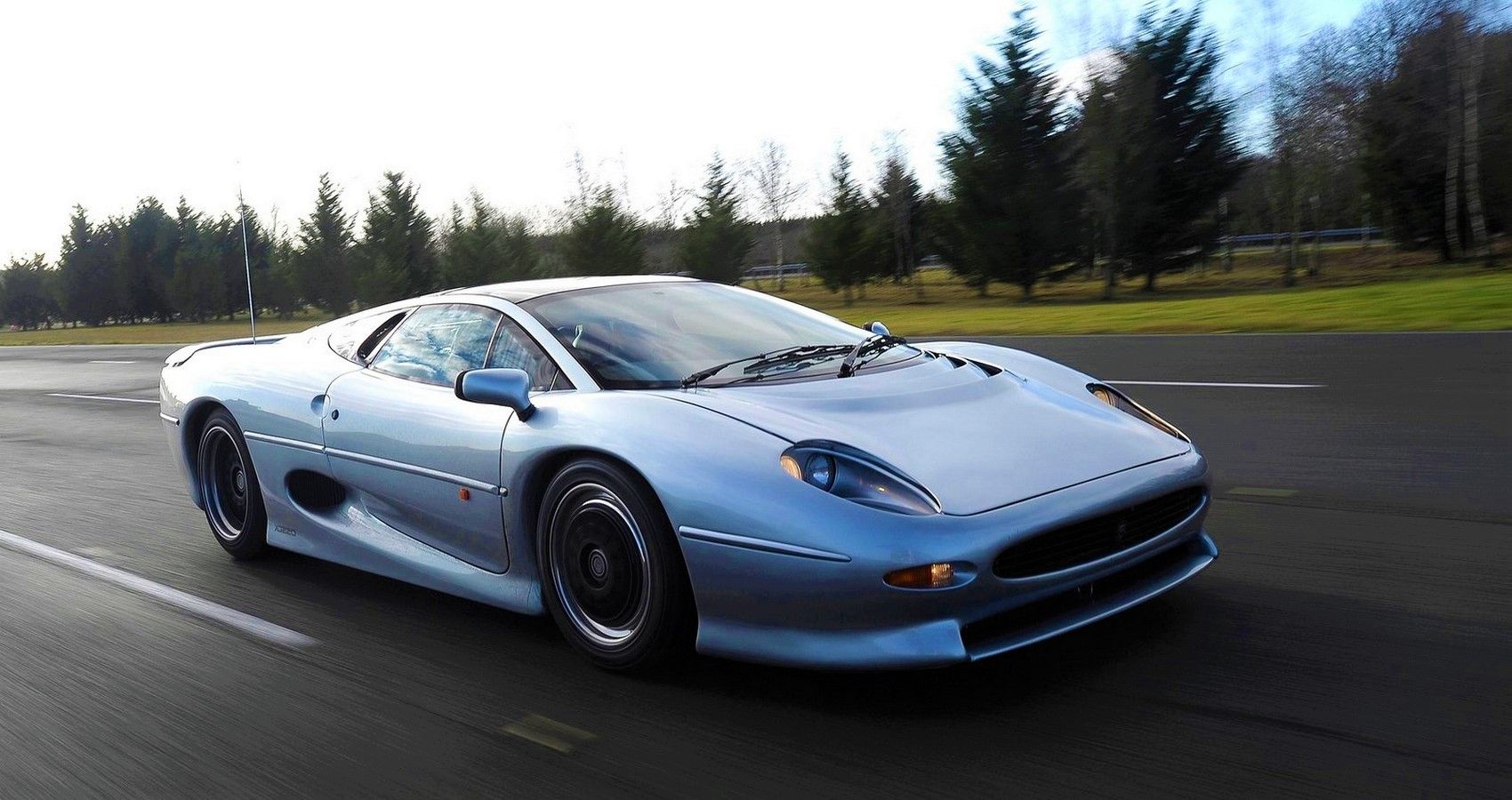
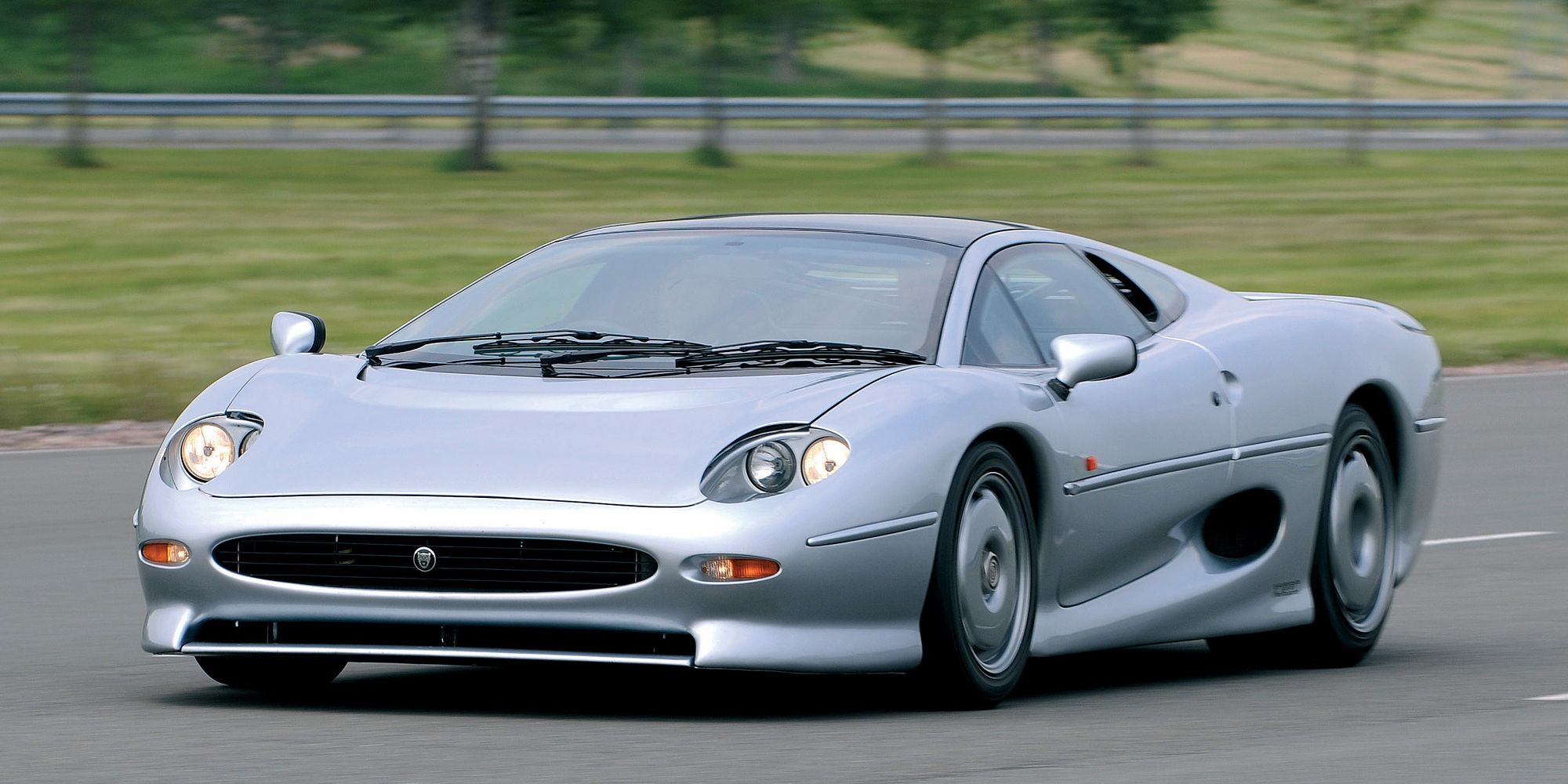
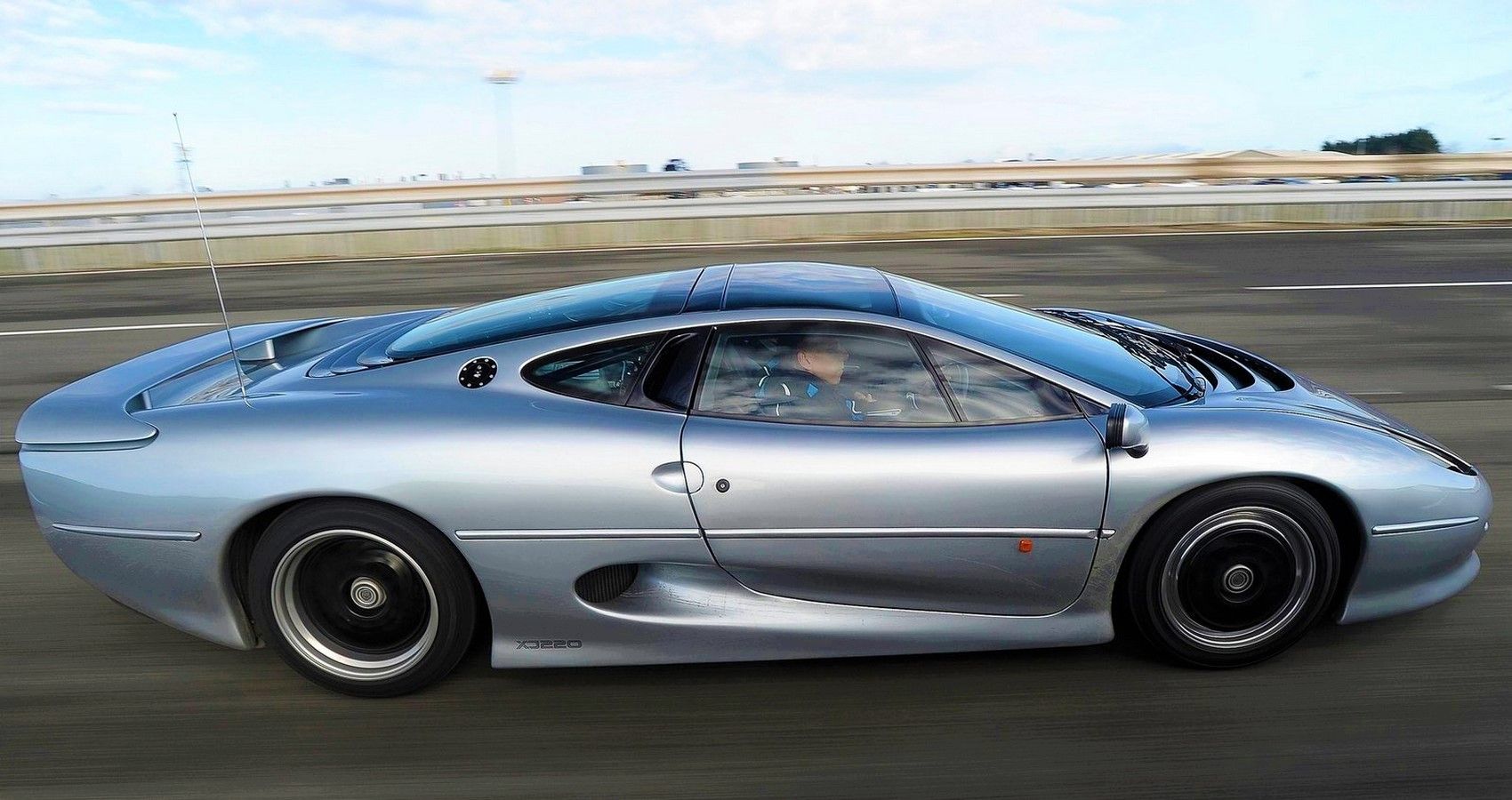
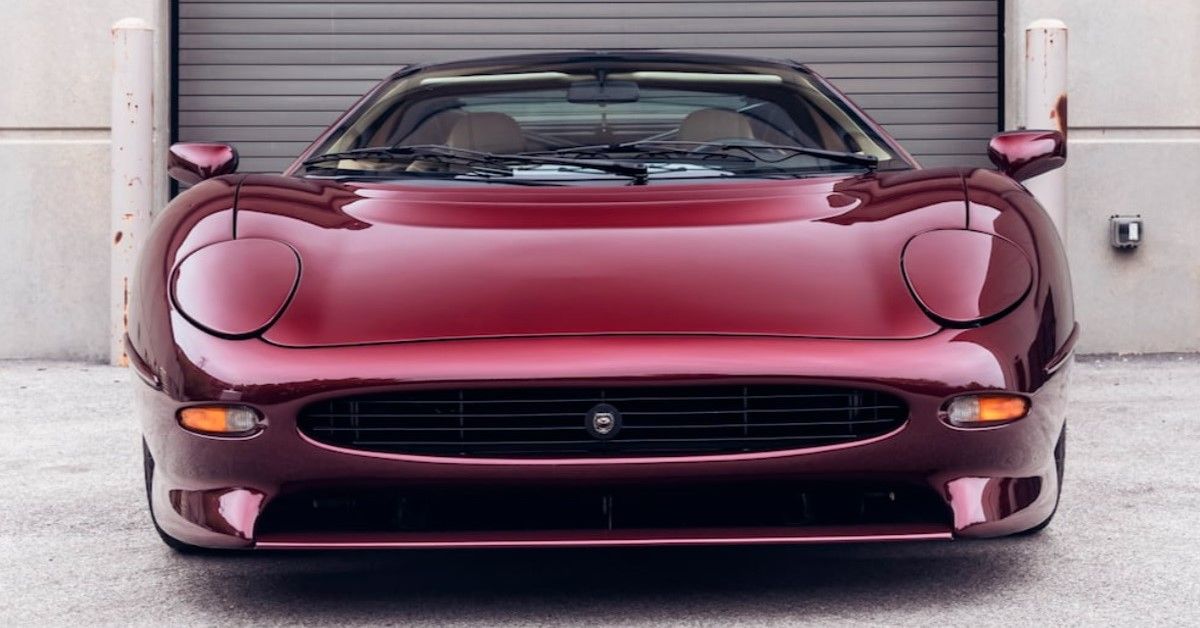
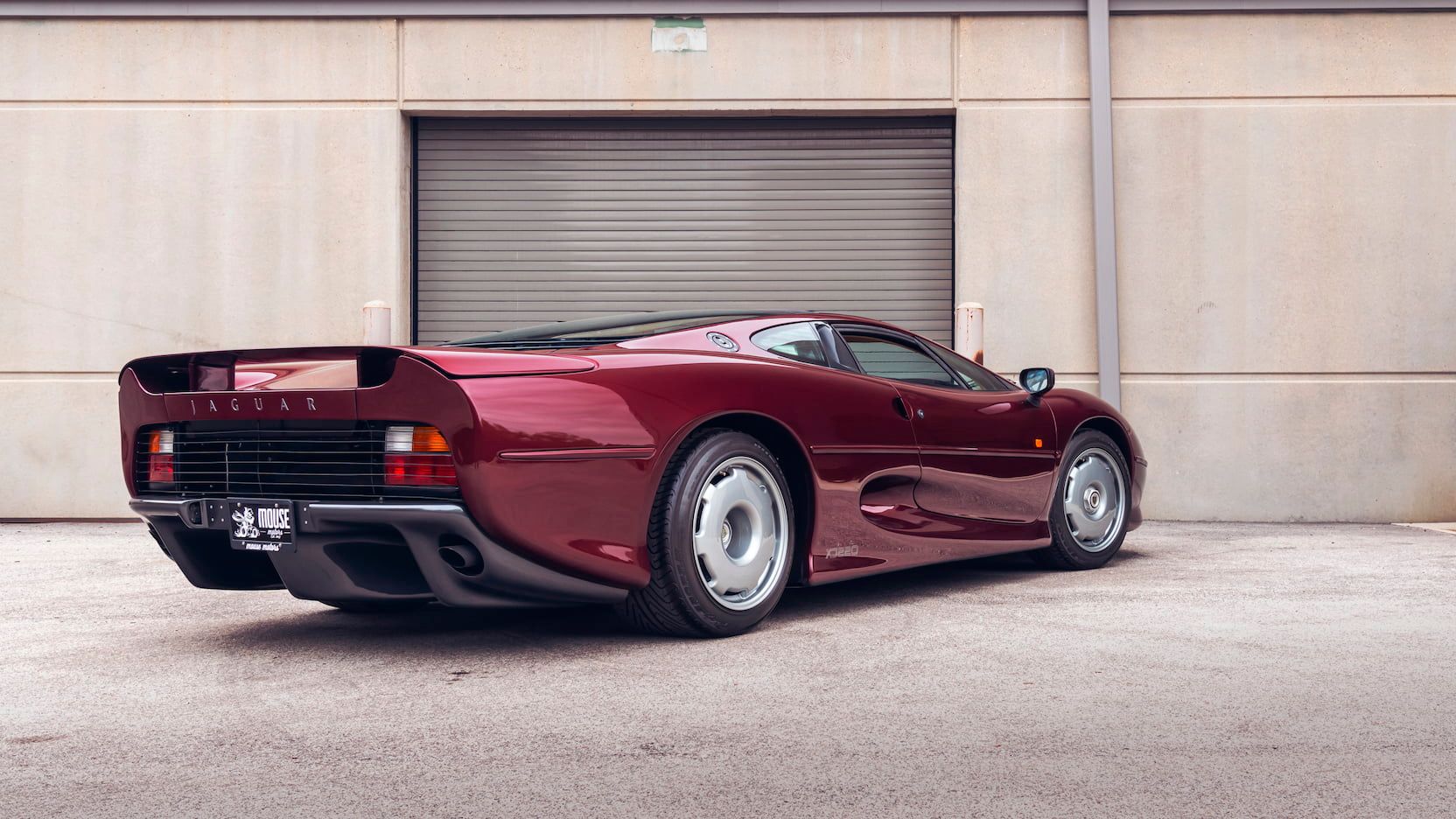
More Stories
Old Mustangs for Sale: Navigating the Allure of a Classic Ride
Vintage Mercedes: Unveiling Timeless Elegance and Engineering Mastery
Hemmings Classic Cars: Timeless Beauty on Four Wheels